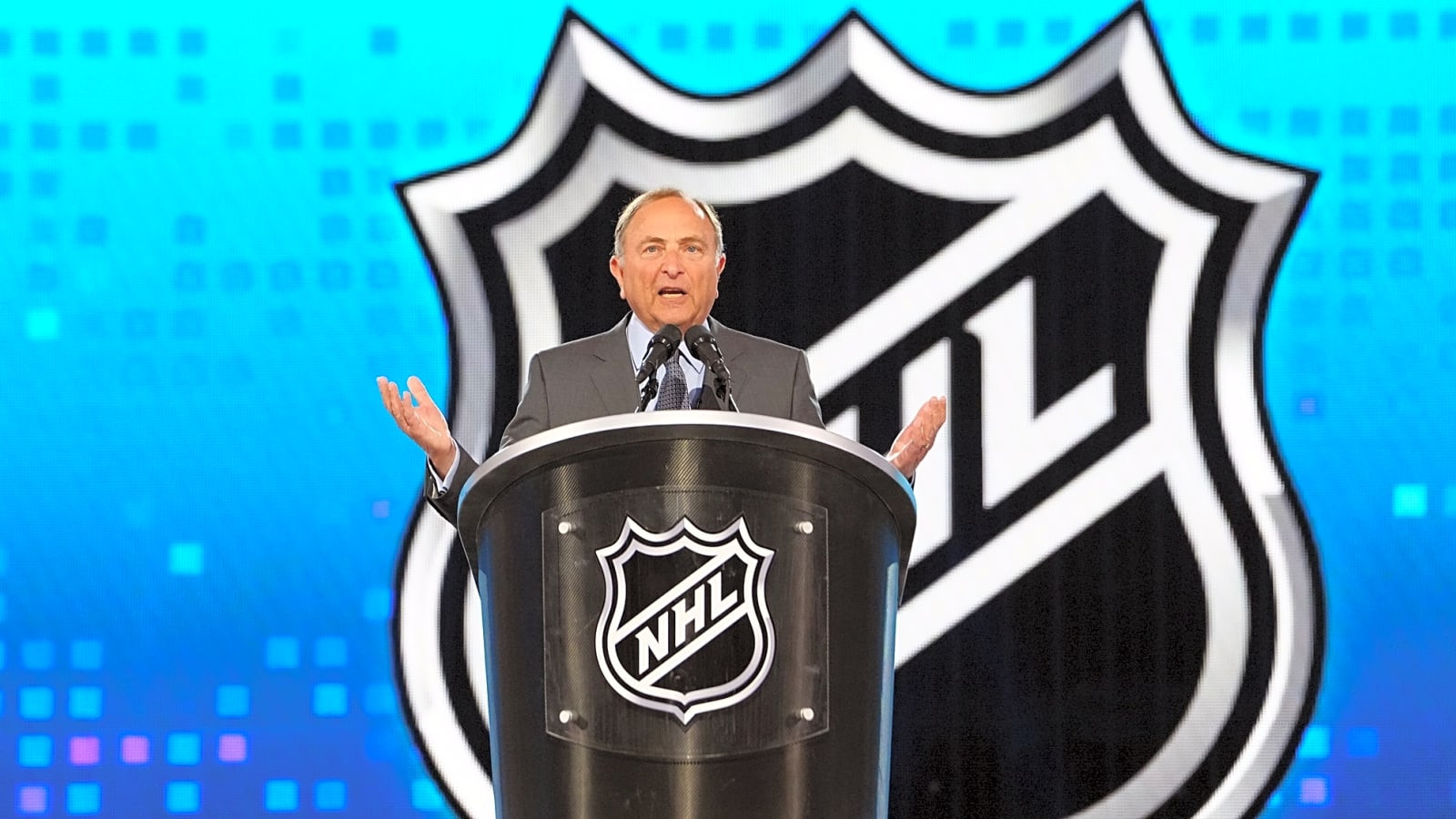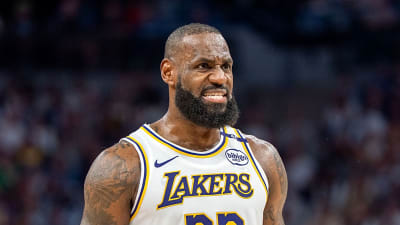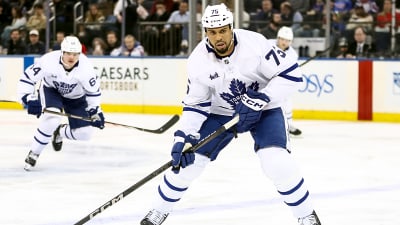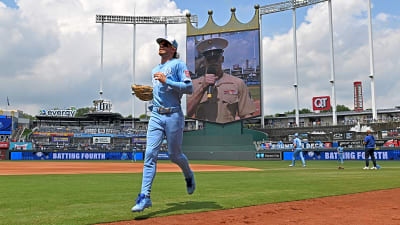
After announcing a tentative agreement on an extension to the Collective Bargaining Agreement just prior to the 2025 NHL Draft and announcing the formal ratification of the extension last week, the NHL and NHLPA released the Memorandum of Understanding document on Friday morning.
The 167-page document summarizes the changes in the new extension, which runs Sept. 16, 2026 through Sept. 15, 2030, from the 2013 CBA and the 2020 extension’s MOU. And yes, we read it so you don’t have to.
Season structure
Starting in 2026-27, the regular season will be 84 games. The pre-season will be limited to four games. Players who had dressed for 100 or more NHL games (including as a backup goaltender) will be limited to playing just two pre-season games per year.
Draft rights
Starting with the 2027 NHL Draft, draft rights will be standardized, reflecting a player’s age as of Sept. 15 of his draft year:
- If a player is drafted at 18, his team will have his rights through the fourth June 1 after his selection.
- If a player is drafted at 19 or older, his team will have his rights through the third June 1 after his selection.
Contracts
The NHL’s minimum salary will increase as follows:
- 2026-27: $850,000
- 2027-28: $900,000
- 2028-29: $950,000
- 2029-30: $1,000,000
The cap hit amount on any contract that can be buried in the AHL is growing along with the minimum salary. (They’re explicitly connected in the CBA, as minimum salary plus $375,000.)
- 2026-27: $1,225,000
- 2027-28: $1,275,000
- 2028-29: $1,325,000
- 2029-30: $1,375,000
Entry-level compensation is changing, too, based on draft year; for 2027 and onward, the maximum NHL salary is based on the league minimum salary plus $175,000. (We projected 2030’s NHL salary based on prior growth in league minimum salary, as the figure isn’t specified in the MOU.)
| Draft Year | Max. NHL Salary | Max. AHL Salary |
| 2021 or earlier | $925,000 | $80,000 |
| 2022 | $950,000 | $82,500 |
| 2023 | $950,000 | $82,500 |
| 2024 | $975,000 | $85,000 |
| 2025 | $975,000 | $85,000 |
| 2026 | $1,025,000 | $87,500 |
| 2027 | $1,075,000 | $87,500 |
| 2028 | $1,125,000 | $90,000 |
| 2029 | $1,175,000 | $90,000 |
| 2030 | $1,225,000* | $92,500 |
European players aged 25 or older will also now be able to bypass the entry-level system entirely, and so they won’t have the old restrictions on what their contracts can look like.
With word that in new CBA contracts will be limited to 7 years to re-sign or 6 years w/ new team, there’s a big choice for ‘26 free agents:
Sign 8 years with their current team from July 1 until next June 30, otherwise they can only sign for 6 years if they go to market July 1
— PuckPedia (@PuckPedia) June 26, 2025
We’re double-checking on when the change comes into force but teams will now be able to re-sign their own players to up to seven year terms (down from eight years), while teams signing free agents will be limited to six year terms (down from seven). Based on this, we think that Rasmus Andersson and Dustin Wolf’s could sign extensions for the longer amounts, since they’ll probably be signing their new deals before the new CBA comes into effect.
Deferred compensation contracts will also be eliminated. Signing bonuses cannot be more than 60% of the compensation on a contract.
Rosters, recalls and trades
The previous CBA included a limit of four non-emergency recalls after the trade deadline. This is increased to five, starting with the 2026-27 season. However, only four players may be on the NHL roster at a time that were called up after the trade deadline on non-emergency recalls. (Teams get a little bit more flexibility, but they can’t just flood their roster with AHL call-ups unless they’re hammered by injuries.)
Paper transactions – when a player was assigned to the AHL for a day to save on cap space, but never had to physically report to the minors – are no longer going to be allowed. If a player is sent to the AHL, they have to report and play a game before they can be called back up to the NHL. The exception for this is goaltenders, and it will only be an exception if their NHL club would be short a goaltender (e.g., have fewer than two healthy goalies available) if they’re not called up.
Starting in 2026-27, teams must designate a Emergency Goaltender Replacement to the NHL’s Central Registry for approval 48 hours prior to the start of the regular season and 24 hours before each game. That goaltender…
- Must not have played any NHL games under an NHL contract
- Must not have played more than 80 pro games
- Must not have played pro hockey during the previous three seasons
- Must not have another contractual obligation that restricts their ability to be an Emergency Goaltender Replacement
- Must not be on another NHL club’s Reserve List or Restricted Free Agent list.
Retained salary trades impacting a specific player’s contract can only be done once every 75 regular season days. Days outside the regular season (e.g., playoffs, training camp or off-season) do not bring that 75 regular season days total down, so this restriction could span multiple regular seasons. For clarity, usually the trade deadline is 40 or 42 days before the end of the regular season, so a specific player’s contract that’s involved in a retention trade wouldn’t be able to be in another one for the first month of the next regular season.
Have an injured player you want to replace? There’s a tweak to how the Long-Term Injury Reserve (LTIR) can be used:
- The combined cap hit of the replacement players can’t exceed the cap hit of the LTIR player, and their average cap hits cannot exceed the prior season’s league average cap hit.
- Teams can ask to exceed that league average cap hit with the approval of the NHL and NHLPA, but if that request is approved, the player on LTIR being replaced will be deemed ineligible for the remainder of the regular season and playoffs.
It’s not really anything that impacts the NHL roster, but the NHL will try to get the CHL transfer agreement amended to relax the restriction on 19-year-olds playing in the AHL. Any changes wouldn’t begin until 2026-27.
“NHL will reopen its agreement with the CHL to seek to eliminate the mandatory return rule for 19-year-old Players. NHL will seek to limit NHL Clubs to Loaning no more than one (1) 19-year-old Player per year to the AHL without the requirement of first offering such Player to his junior Club.”
Playoff salary cap
Finally, a salary cap will be introduced for the playoffs starting in 2026-27. At 3 p.m. local time on a game day (or five hours before the game, whichever is earlier), teams will be required to submit to the league their game roster for that day, consisting of two goaltenders and 18 skaters. In addition to the 20 players being dressed for that game, the cap calculations will also include all of the usual regular season cap obligations for a team. (There are some exceptions related to retained salary transactions that we’re still wrapping our heads around, but that’s the broad strokes of it.)
Do you like these changes? Hate these changes?
More must-reads:
- Numerous games stand out among NHL's newly released 2025-26 schedule
- Fresh faces: Five players that will make the biggest impact on their new NHL team
- The 'MLB Home Run Derby champions' quiz
Breaking News
Trending News
Customize Your Newsletter
 +
+
Get the latest news and rumors, customized to your favorite sports and teams. Emailed daily. Always free!








